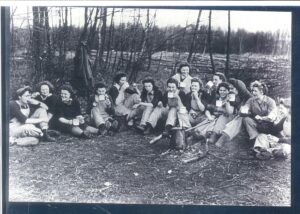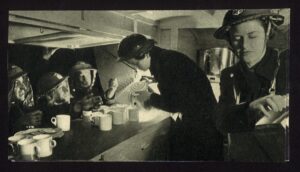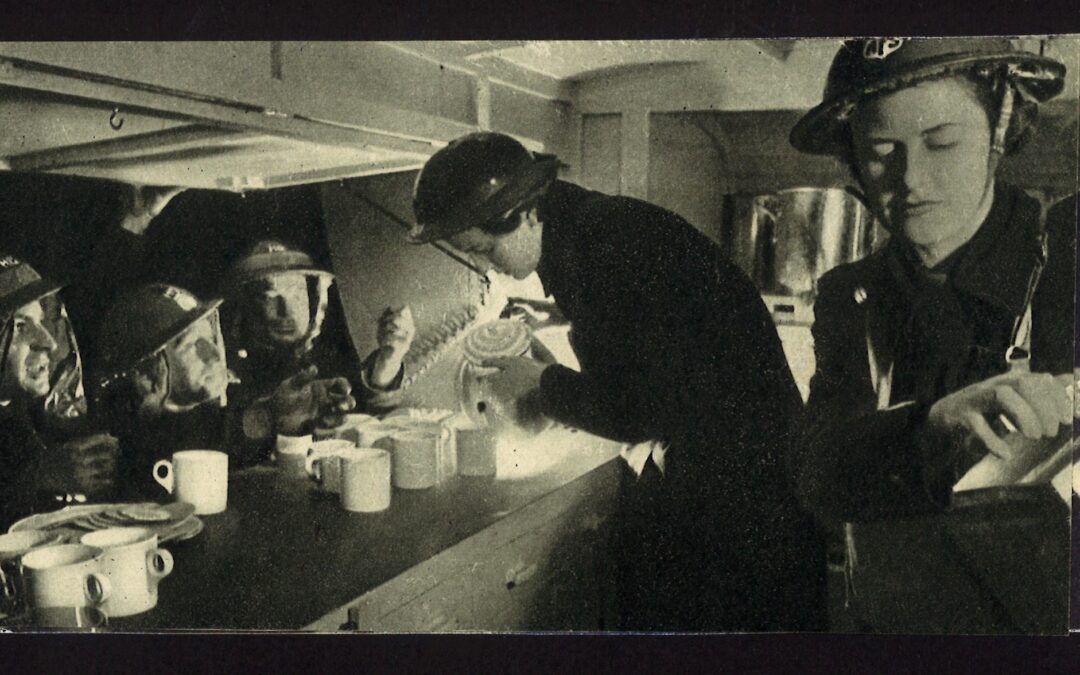Forgotten Friday – Women at War
It’s Friday, which means it’s #ForgottenFriday! Today we are celebrating the courageous women who did their part in WWII.
With thousands of men away serving in the armed forces throughout the Second World War. Women in Britain took on a variety of work to contribute to the war effort. They also played a vital role on the home front, running households and fighting a daily battle of rationing, recycling, reusing, and cultivating food in allotments and gardens.
From 1941, women were called up for war work, in roles such as engineers, mechanics, munitions workers, air raid wardens, bus and fire engine drivers. The barriers broken by women during the war years paved the way for the gender equality movement that is still ongoing today.
At first, only single women, aged between 20-30 were called up to contribute to the war effort. Although, mid-1943, almost 90 per cent of single women and 80 per cent of married women were working in factories, on the land or in the armed forces.

(c) Eden Camp Archive: 37202 photo of women’s timber corps Bramham woods D23
There were over 640,000 women in the armed forces, including The Women’s Royal Naval Service (WRNS), the Women’s Auxiliary Air Force (WAAF) and the Auxiliary Territorial Service (ATS), plus many more who flew unarmed aircraft, drove ambulances, served as nurses, and worked behind enemy lines in the European resistance in the Special Operations Executive.
The most notable member of the ATS during WWII was Princess Elizabeth (at the time). She trained as a driver and mechanic and reached the rank of Junior Commander. Winston Churchill’s youngest daughter, Mary Churchill (later Lady Soames) also served as a member of the ATS, as an office commanding mixed anti-aircraft batteries.
Away from these other vital roles more than 80,000 women joined the Women’s Land Army (WLA). This job was extremely hard with long hours, tough conditions in rural outposts to prevent Britain from being starved. The girls were known to ‘feed the nation.’ The women who worked on farms were known as ‘Land Girls’. They were given a uniform and had to live on the farms where they were sent to work. Which was hard for many women as they came from families in cities.
In the Special Operations Executive (SOE), Churchill recruited around 60 women “to set Europe ablaze”. They were deployed behind enemy lines, to help form a ‘secret army’ of resistance fighters preparing the way for the Allied invasion.
In cities, the Women’s Voluntary Service (WVS) prided itself on doing ‘whatever was needed’, including famously providing support (and much needed tea and refreshments) to victims of the Blitz and those sheltering in Underground stations.

(c) Eden Camp Archive, 6846-PHOTO-FIRE-BRIGADE-WOMEN-WORKING-MOBILE-CANTEEN
Here at Eden Camp we have an array of displays throughout the museum dedicated to Women at War on the home front and the front line. Check out Hut 8: Women at War for more!
We will remember them and their sacrifices for the nation. Lest We Forget.


